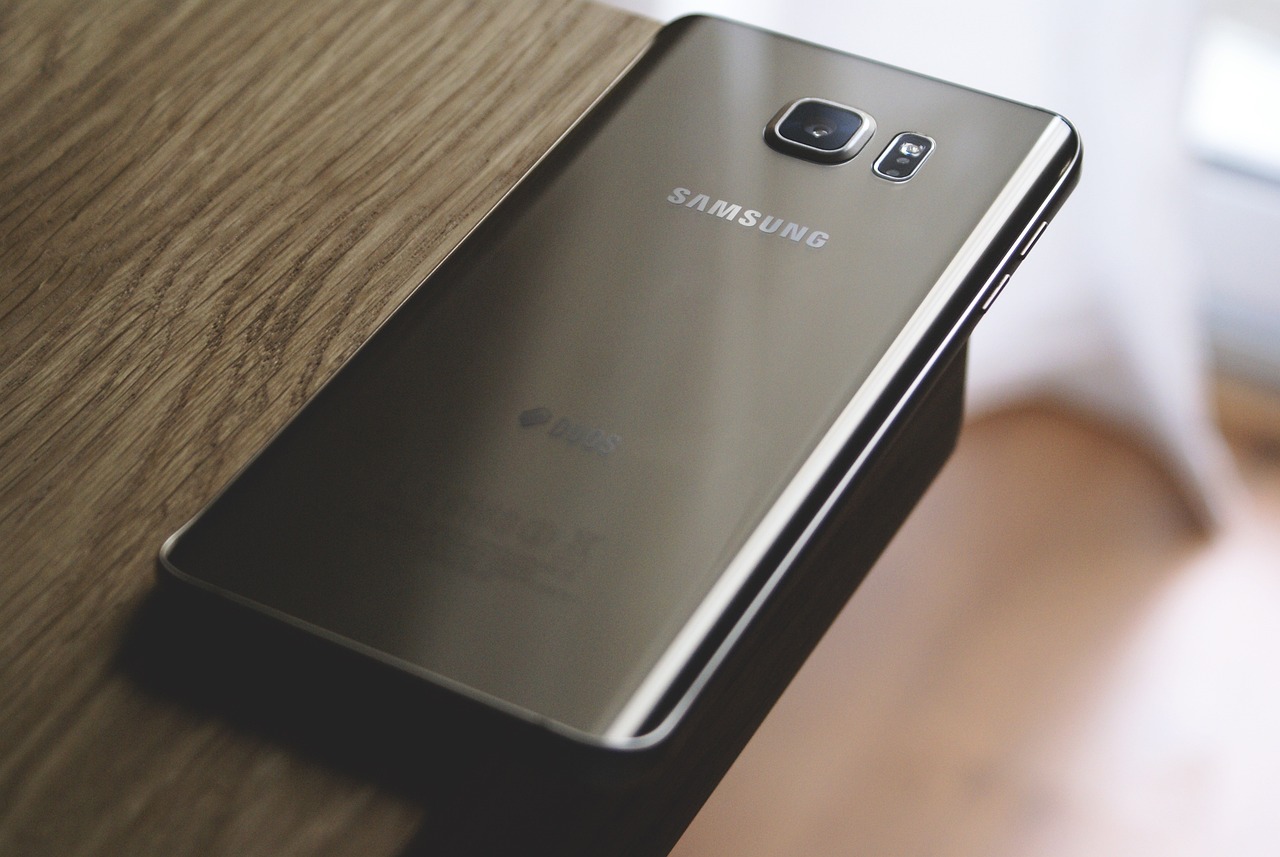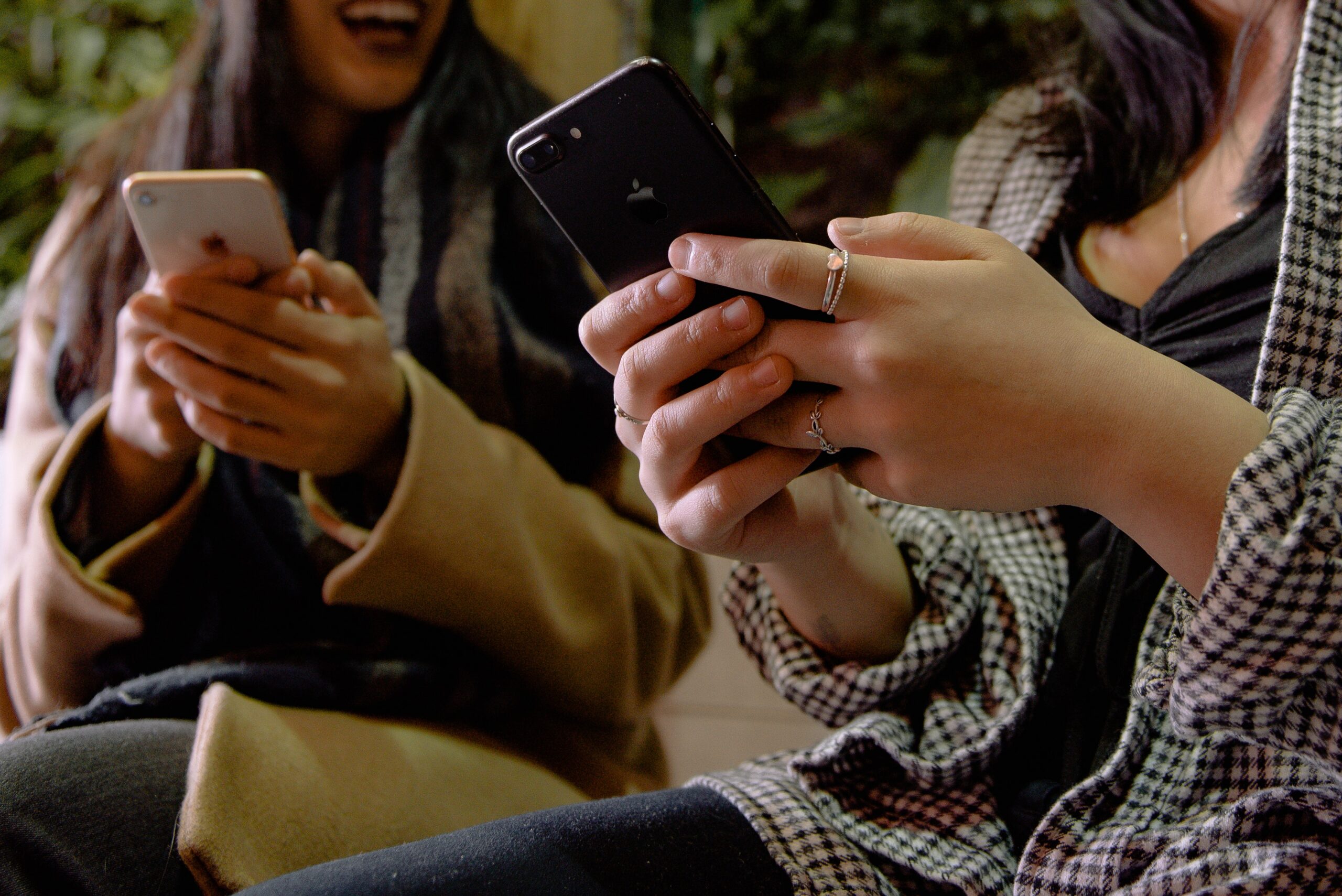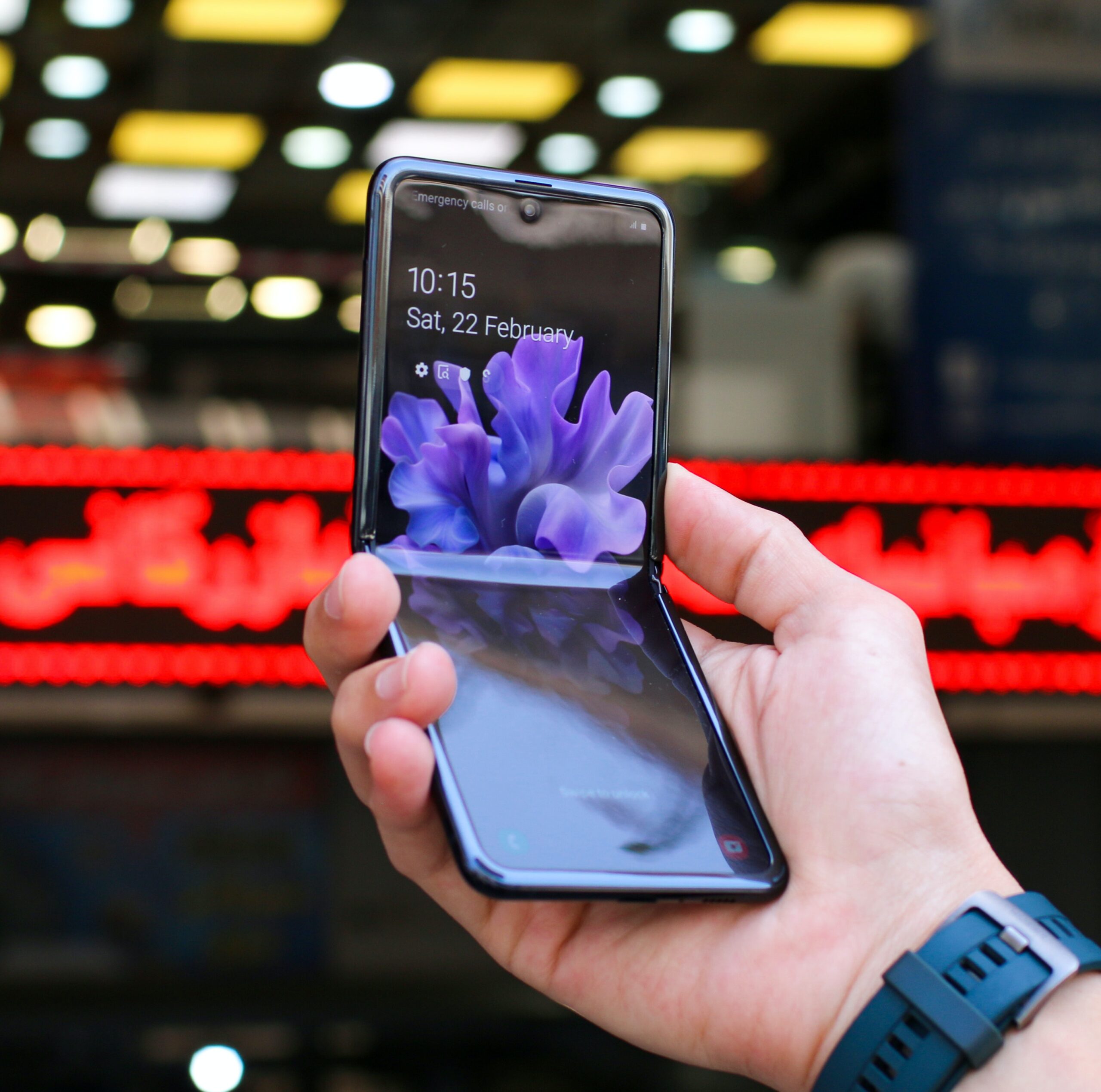See how your smartphone screen is programmed. The explanation is simpler than you think.
Have you ever wondered how your phone’s touchscreen works? How does the device know exactly where you click and how it interacts with your phone’s screen? This concept is very simple, although it does involve a bit of physics.
If you've always been curious about how touch screens work, this article is for you. Keep reading and find out once and for all how your device's touch screen works.

How do touch screens work on mobile devices?
There are many different types of touchscreens, but the most common are resistive, capacitive, and surface acoustic wave. We won't go into detail about the composition of each element here, but simply put, a resistive touchscreen is a touchscreen that detects touch based on the pressure applied when one layer of the screen touches another.
Speaking of capacitive, it works in conjunction with capacitive sensors that detect touch through electric current. More information about this type will be given throughout the text. Finally, surface acoustic wave sensors work with transducers that send and receive signals between themselves to calculate the location of the wave contact.
The display of devices such as cell phones has a layer covered with conductive material. When we touch the skin, an electric current is generated, and this component “loses” its ability to store charge, resulting in signal fluctuations. In this way, when touching the screen, the system instantly detects its location and the pressure applied. This means that the screen touches from your phone or other devices such as tablets, notebooks and smartwatches will be recognized.
Why does the cell phone only work with fingers?
Explaining this will reveal why your phone doesn’t work well when you’re wearing gloves. Therefore, in some cases it’s necessary to activate “glove mode”, which increases the sensitivity level of the screen. The explanation is simpler than it seems. Our bodies, like screens, are full of electricity and when we touch our skin, it interacts with the panels of our devices. Therefore, it’s quite natural that the touchscreen doesn’t work if there’s something between your finger and the screen, since it doesn’t receive any “energy”.
For the same reason, tapping on the device with a traditional stylus will not make the touchscreen work. Some models commonly found in cell phone accessory stores have a rubberized tip that allows you to tap the screen. However, this is because it is made of a material that can transfer the charge from your hands to the device.
The same logic applies to digital pens that respond to compatible devices such as tablets and phones like the Galaxy Z Fold 5 and the Galaxy S23 Ultra. The screens of these devices already respond to the touches of these accessories and “talk” to each other. Because of this, regular stylus pens may not work with all cell phones. That said, we hope we have satisfied your curiosity about how your smartphone screens work.



